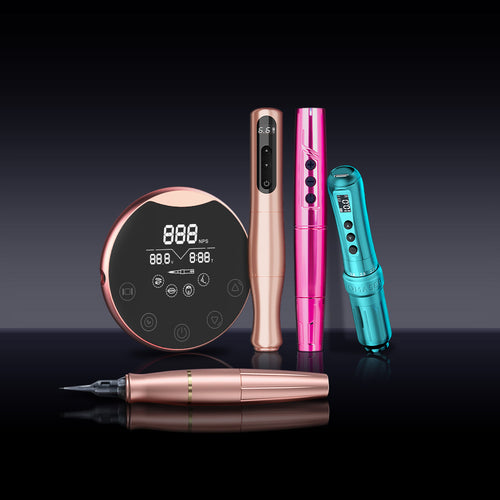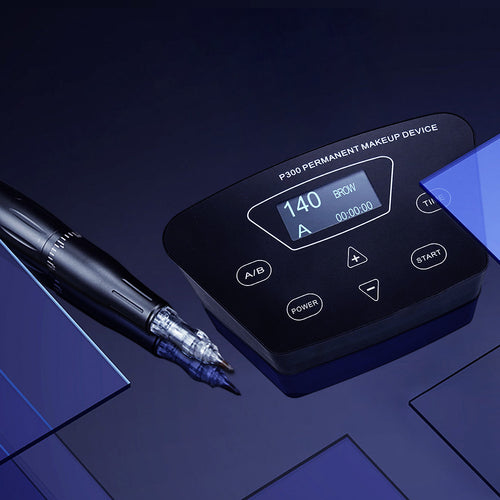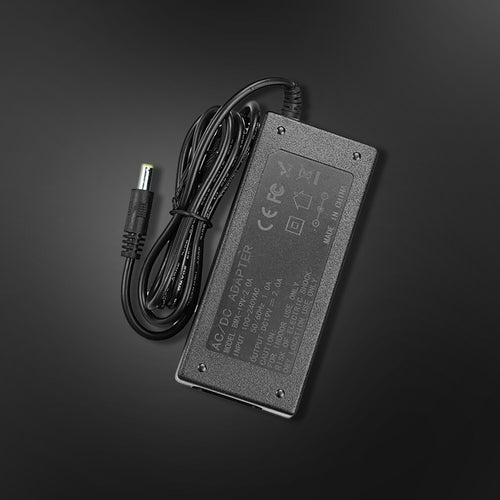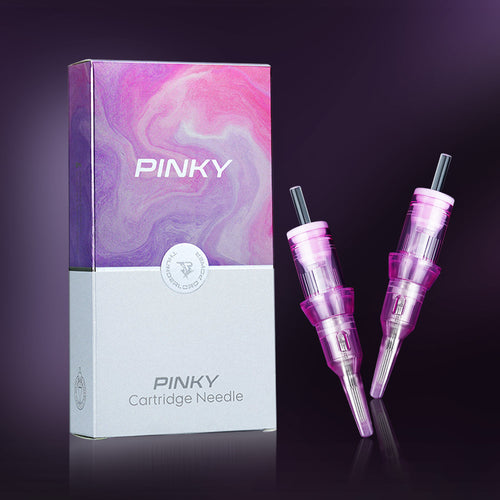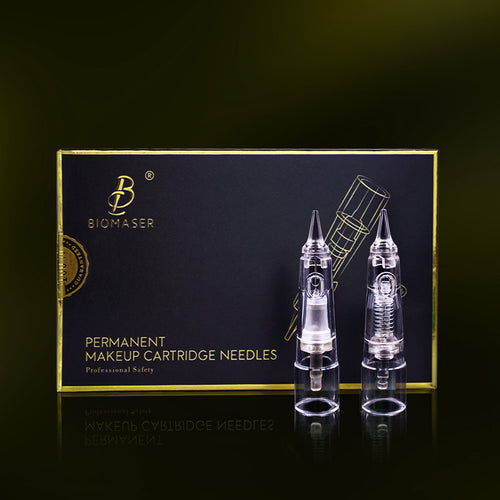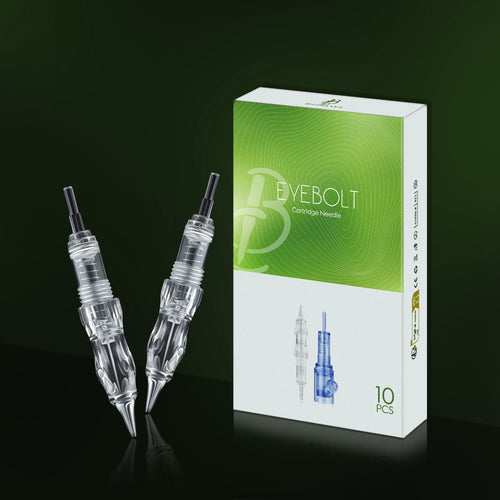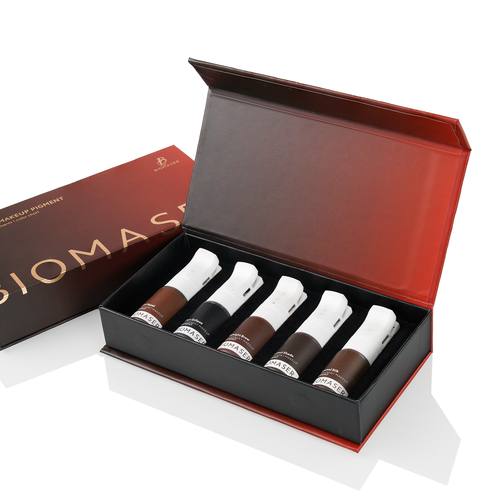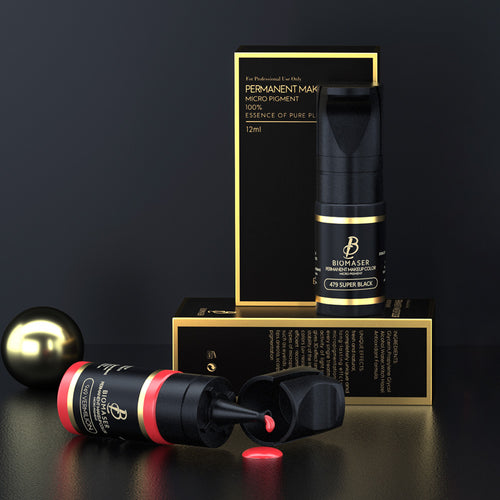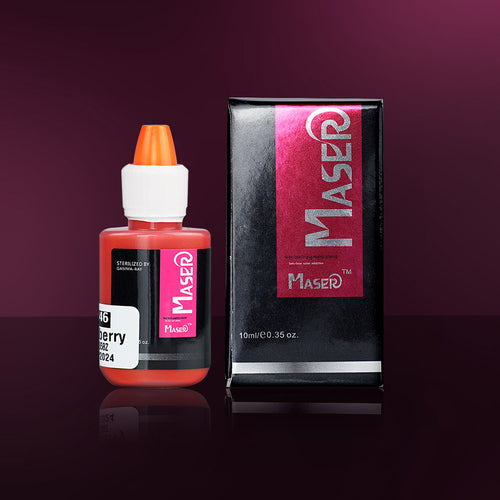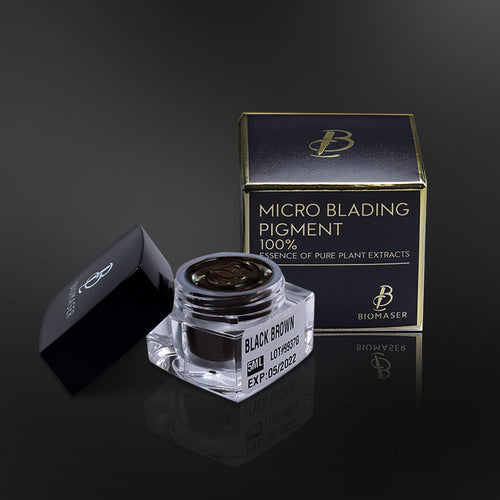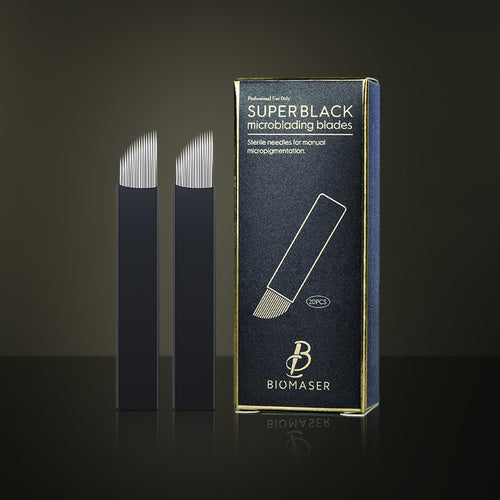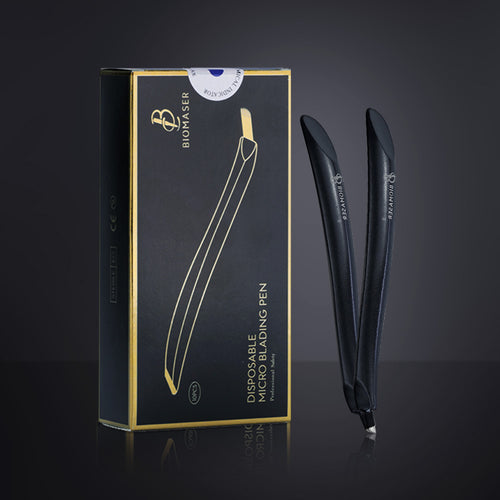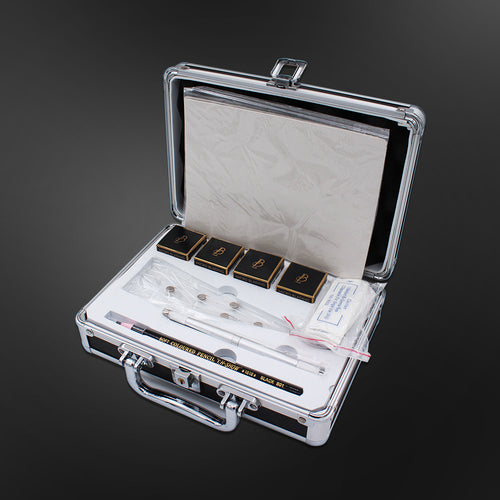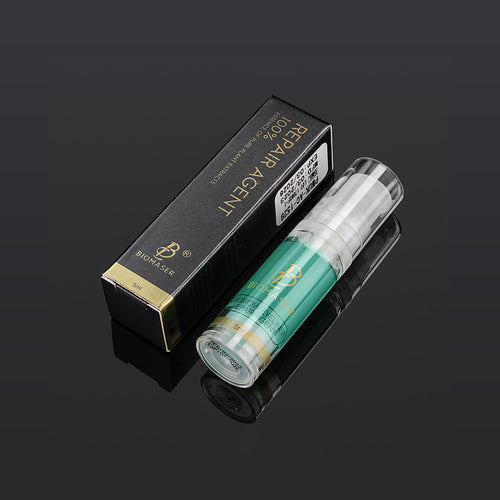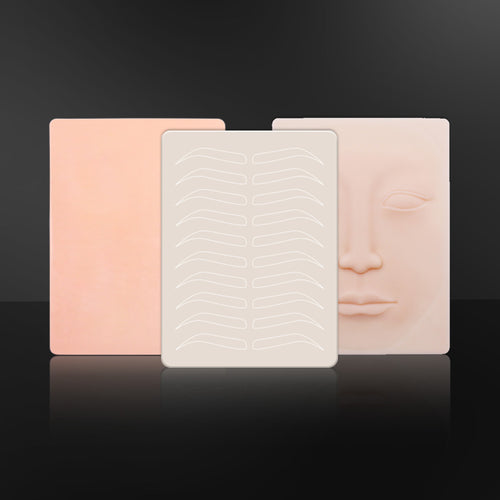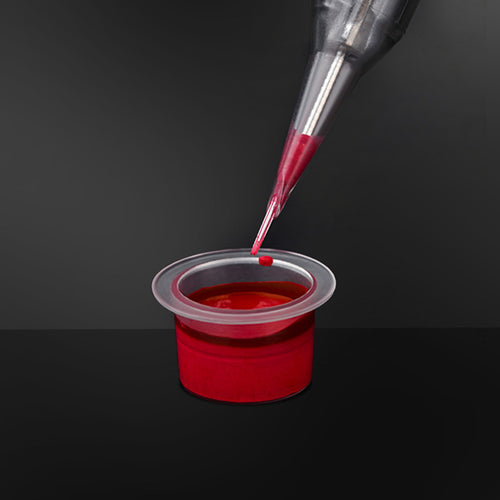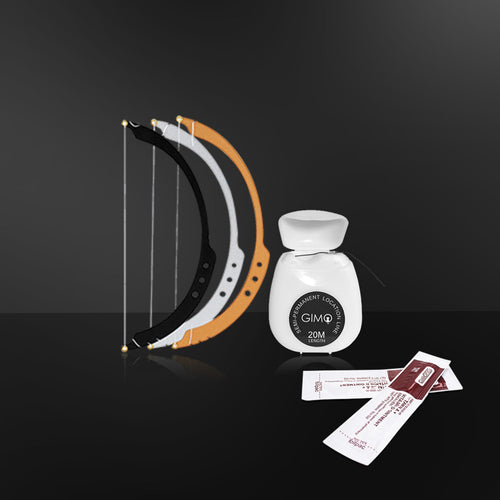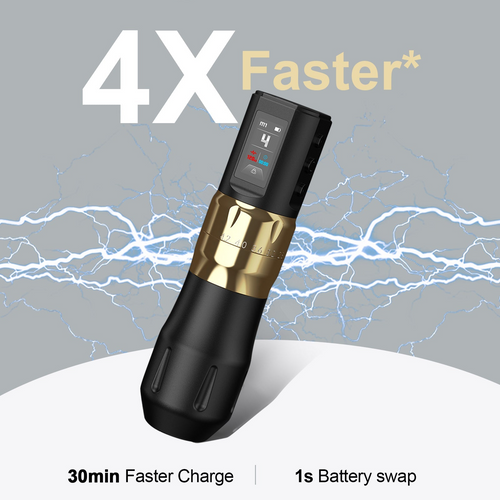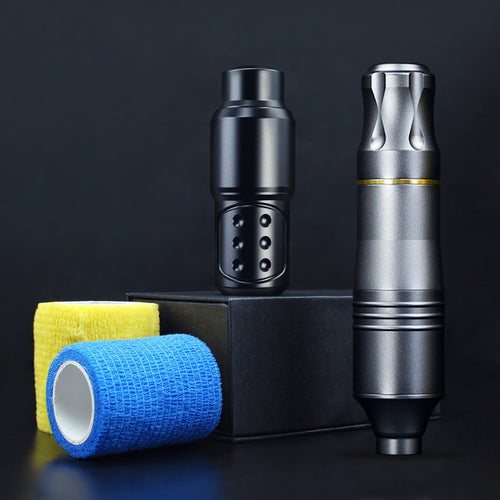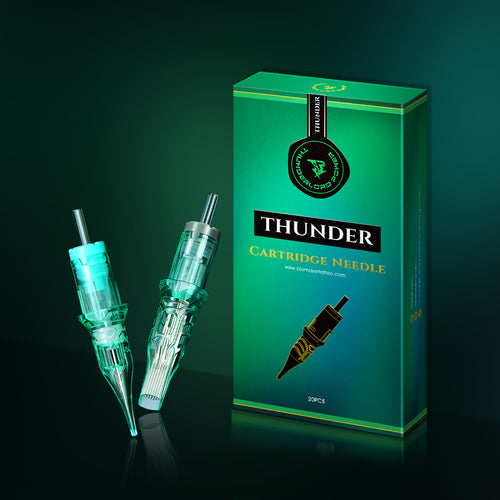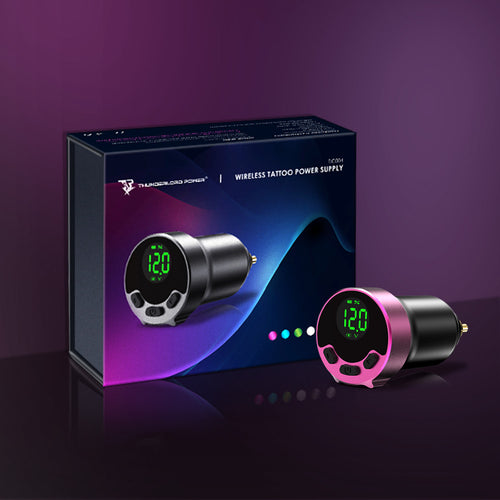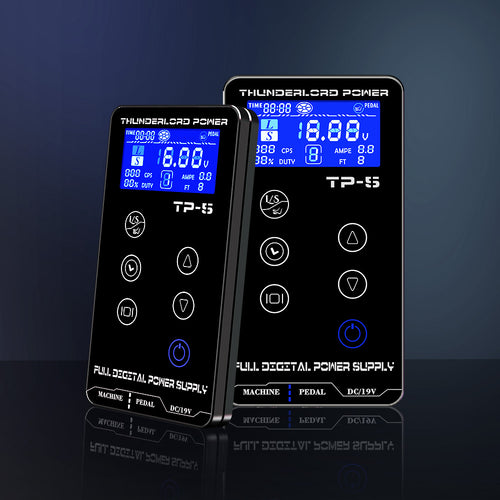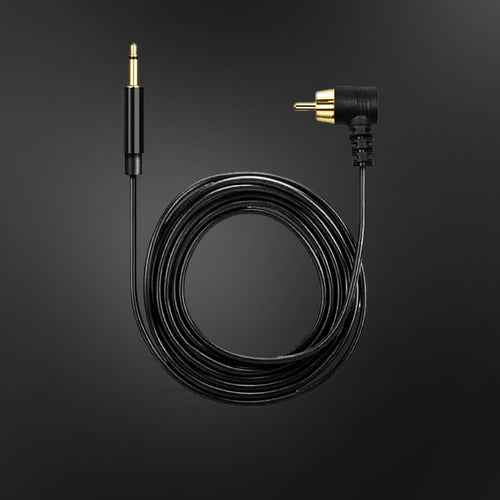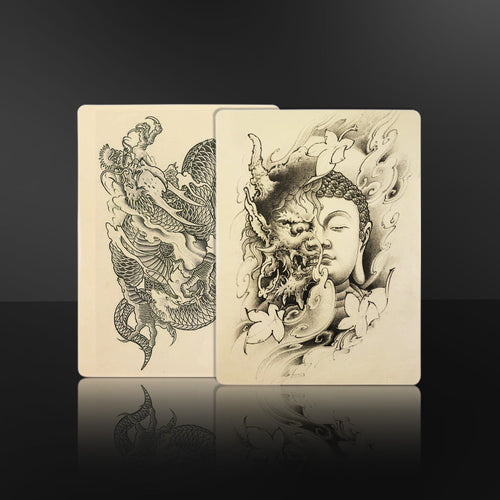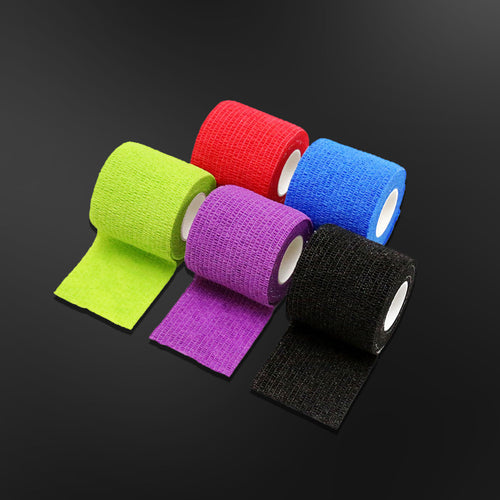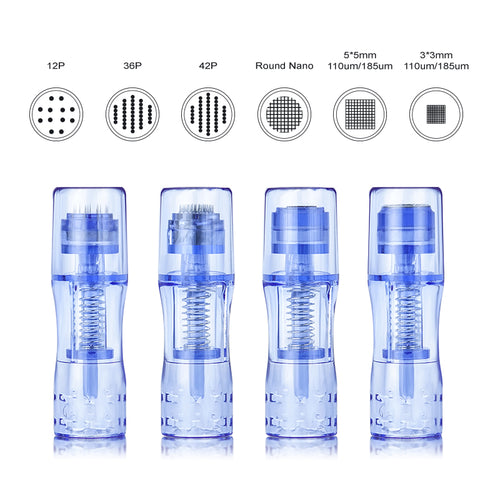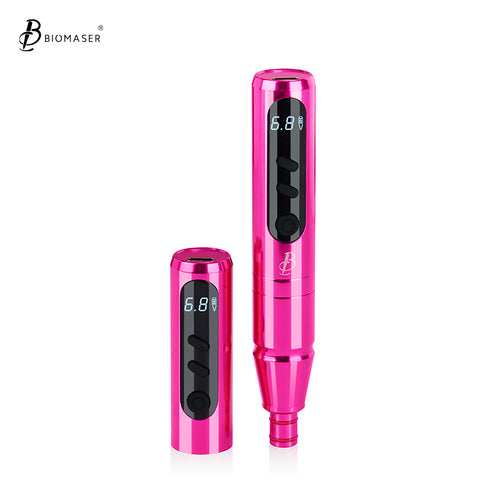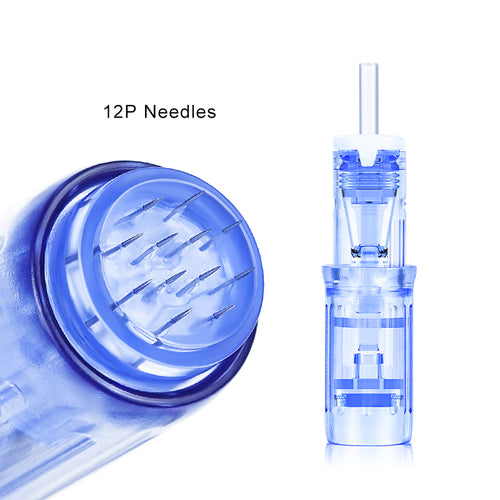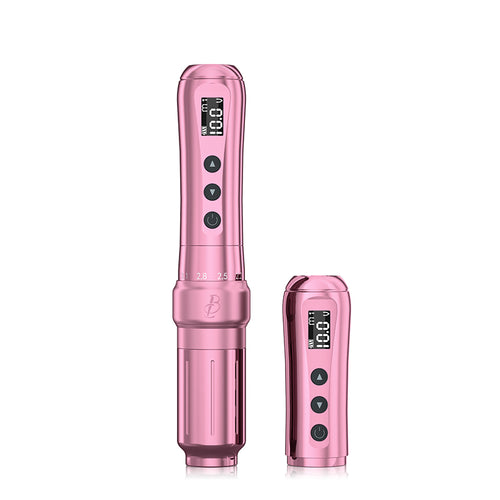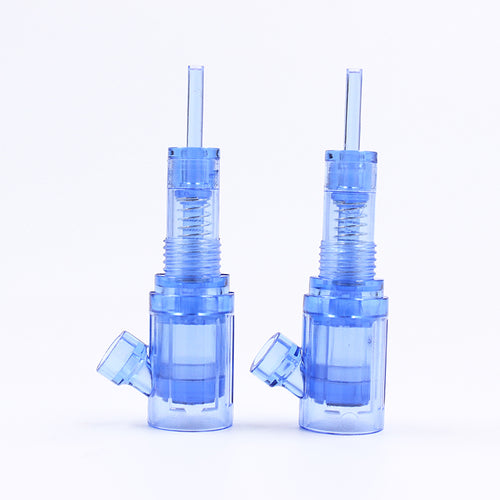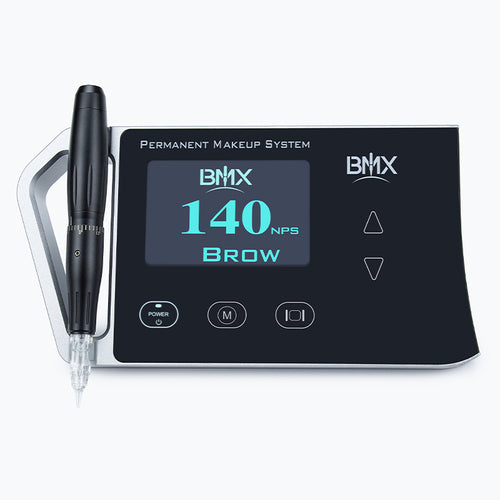Microblading Dry Healing vs. Wet Healing: Which Is Right for You?
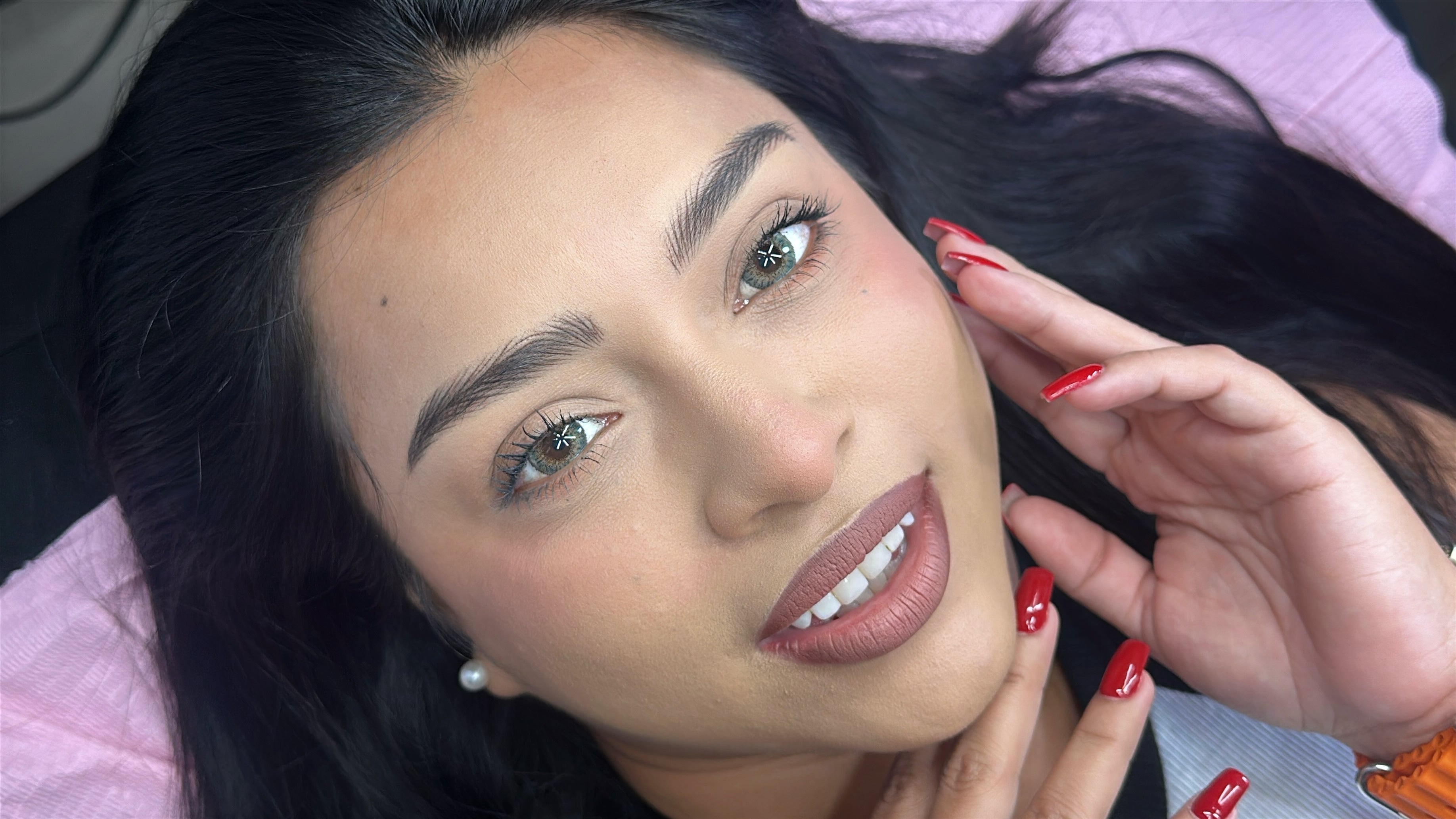
| Feature | Dry Healing | Wet Healing |
| Scab Size | Larger, thicker | Smaller, pliable |
| Comfort Level | Very uncomfortable; causes extreme tightness and itching. | ✅ Much more comfortable; minimal itching and tightness. |
| Scabbing Process | Forms thick, hard, noticeable scabs that can crack. | ✅ Results in light flaking or thin, soft scabs. |
| Pigment Retention | High risk of patchy results as scabs can pull out pigment. | ✅ Generally provides better and more even pigment retention. |
| Associated Risks | Pigment loss from disturbed scabs. | Infection (from improper cleaning) or blurred strokes (from too much ointment). |
| Best For | Oily skin, active routines | Dry or sensitive skin, calm recovery |
Microblading offers sharp, natural-looking brows that last, but the healing process sets the final outcome. Dry and wet methods handle skin recovery differently, and picking the right one depends on your skin type and daily habits. This breakdown covers both approaches with tips to keep your results crisp.

Microblading Healing Basics and PMU Aftercare
After your microblading appointment, your brows will go through a healing process that takes about a month. Knowing what's coming will help you take care of them properly and not worry about the changes you see.
The Microblading Healing Timeline
| Timeframe | What to Expect | What to Do |
| Days 1–4 |
• Brows look very dark and sharp. • Slight redness and tenderness is normal. |
• Keep the area clean as instructed. • Avoid getting them wet. |
| Days 5–10 |
• Brows will feel itchy and start to flake or scab. • The color will look uneven as flakes fall off. |
• DO NOT pick, scratch, or peel the flakes. • Let them fall off on their own. |
| Days 11–28 |
• Brows will look very light, like the color is gone. • This is the normal "ghosting phase." |
• Be patient. • The color will slowly reappear as the skin fully heals. |
| Day 30+ |
• The true, final color is now visible. • Brows look softer and more natural. |
• Your brows are healed. • Time for your scheduled touch-up appointment. |
Why Aftercare is So Important
Following your artist's aftercare instructions is the key to getting great results. Proper aftercare does two critical things:
- It Prevents Infection: The microblading process creates tiny cuts in the skin. Keeping the area clean stops bacteria from getting in, which could damage your skin and ruin the final look.
- It Protects the Pigment: Good aftercare helps the pigment heal correctly into the skin. This ensures your new brow strokes stay crisp and defined instead of microblading fading or blurring. Things like sweat, direct sun, and makeup can interfere with healing, so stick to the rules your artist gives you.
Biomaser Collagen Ice Crystal for Eyebrow Aftercare
Dry Healing Method for Microblading Recovery
So let's first look at the traditional approach: dry healing. It's a simple, hands-off method that utilizes the body's natural healing mechanism to form scabs.
The Dry Healing Process Explained
Dry healing refers to keeping your brows totally dry for 7 to 14 days. This takes discipline and diligence.
- No Washing: You can't wash your brows or get water splashed onto them. Showering and face washing need to be done carefully.
- No Ointments: Avoid putting any ointments, lotions, or creams on the area.
- Avoid All Moisture: Refrain from activities that lead to sweating, such as intense exercise. Also, avoid pools, saunas, and steam rooms.
The idea is that if there is no moisture, the micro cuts caused by the microblading tool will heal in clean scabs. The scabs protect the skin and eventually fall off, leaving healed strokes.
The 2 Pros of Dry Healing
Dry healing has the following advantages:
- Simplicity: There are no steps to follow, no products to buy. You just leave your brows alone, which can be appealing for people who want an easy, no-maintenance routine.
- Crisp Strokes: If everything heals perfectly, the scabs may fall off cleanly, leaving sharp, defined strokes. But this relies on the healing process going smoothly without any issues.
The 3 Cons and Risks of Dry Healing
Dry healing can be difficult, and the disadvantages tend to outweigh the advantages:
- Discomfort: Your eyebrows will be tight, dry, and itchy. The temptation to scratch may be intense, but scratching can destroy the effects.
- Thick Scabbing: Dry healing often causes thick, hard scabs that are uncomfortable and very noticeable. These scabs can crack when you make facial expressions.
- Risk of Pigment Loss: This is the most significant issue. When a thick scab cracks or falls off by accident, it may take the pigment along with it. This results in uneven brows that may require touch-ups.
Wet Healing Method for Microblading Aftercare
Wet healing is a more modern method for permanent makeup aftercare. It is science-backed, designed to provide the optimal conditions for your skin to heal. The name "wet" can be confusing. It doesn't imply that you need to keep your brows wet. Rather, keep the area clean and hydrated, which helps avoid thick, hard scabs.
The Wet Healing Process Explained
Wet healing is a process with specific steps. Your artist will give you detailed instructions, which generally include the following:
- Gentle Cleansing: Clean your brows several times a day by gently blotting the area with a cotton pad dampened with sterile or distilled water to remove lymph fluid.
- Patting Dry: After cleaning, pat the area dry with a clean, dry paper towel. Do not rub.
- Applying Ointment: Apply a very thin layer of PMU aftercare ointment, about the size of a grain of rice. The layer should barely be visible, enough to keep it moist but not greasy.
Biomaser Repair Agent Gel after care eyebrow and eyeline tattoo
The 3 Pros of the Wet Healing Method
Wet healing helps the skin heal better, feel more comfortable, and give better results.
- Minimal Scabbing: The area stays moisturized, which prevents heavy scabs. You'll experience light flaking, like dandruff, which is less noticeable.
- Less Itching and Discomfort: The ointment helps soothe the skin, reducing tightness and itchiness, making healing easier.
- Better Pigment Retention: With fewer thick scabs, pigment stays in the skin more evenly, leading to bolder, more consistent brows. This also reduces the need for touch-ups.
The 3 Cons and Risks of Wet Healing Your Brows
While wet healing works well, it depends on following instructions carefully.
- Consistent Routine: You must stick to the cleaning and ointment schedule. Missing steps can affect the healing process.
- Risk of Infection: Using dirty hands or cotton pads can cause infection by introducing bacteria.
- Over-Application of Ointment: Applying too much ointment can clog pores, making the skin too moist and causing blurred strokes and poor color retention.
Choosing Between Dry and Wet Healing for Microblading
You now know the differences between the two methods. So, which one is the right fit for you and your new permanent makeup? This decision rests on a few key factors, with one being far more important than the others.
The Golden Rule: Always Listen to Your Artist
Your artist chose a particular aftercare plan because it is designed to coordinate with their individual technique, the depth of their strokes, and the type of PMU pigments they utilize. An artist using a high-powered PMU microblading machine with a particular needle setup will likely have a different healing plan than someone who works exclusively by hand. Don't substitute their professional guidance with what you find on the internet.
Your Skin Type Matters
Your artist will assess your skin and may adjust their recommendation accordingly.
- Oily Skin: People with very oily skin may be advised to follow a modified dry healing plan or use ointment very sparingly. The skin's natural oils can sometimes push pigment out, so adding more product can be counterproductive.
- Dry or Normal Skin: These skin types almost always achieve better results with wet healing. The added moisture prevents the skin from getting too tight and forming pigment-pulling scabs.
Your Lifestyle and Habits
Be honest with yourself about your daily routine.
- If you have a very active lifestyle and sweat frequently, a strict dry healing method will be nearly impossible to follow.
- If you work in an environment with a lot of steam or debris, you'll need a method that allows you to keep the area clean.

3 Microblading Aftercare Mistakes You Can Avoid
Small habits protect a big investment. The problems below cause many touch-ups to focus on repairs rather than simple refinements.
Heavy Ointment and Frequent Reapplication
More product does not equal more comfort. Thick layers hold moisture against the skin, soften edges, and can clog follicles. A rice-grain amount, spread thin, is the upper limit for most wet-healing plans.
Heat, Steam, and Sweat Too Soon
Hot showers, long baths, saunas, and hard workouts push moisture through fresh skin. That movement can carry pigment with it. Keep things cool and short during week one.
Picking Flakes
Flakes lift in uneven patterns. Pulling them speeds removal but can pull pigment with them. Leave edges alone and trust the plan. The touch-up can fill any small gaps later.
Ensure Your Brows Heal Beautifully
Your artist creates the perfect shape, but you make it last. Following their aftercare is the final, most crucial step. Sticking to a wet healing routine prevents heavy scabbing and locks in the pigment for crisp, defined strokes. This small effort is what protects your investment and guarantees you get the amazing brows you paid for.
FAQs on Microblading Dry and Wet Healing
Q1: Does wet healing blur strokes?
Not if you keep product thin and infrequent. Soft edges usually link to heavy layers, not the idea of wet healing. Use your artist's ointment and follow their exact amount and timing.
Q2: Which method lasts longer over time?
Longevity depends more on skin type, sun care, and daily habits. Both methods can hold color well with steady PMU aftercare and a planned touch-up at six to eight weeks.
Q3: When can I wash my face normally?
Most artists allow normal washing once the skin seals, often after day seven to ten. Keep water gentle on the area until then and avoid soaking the brow zone.
